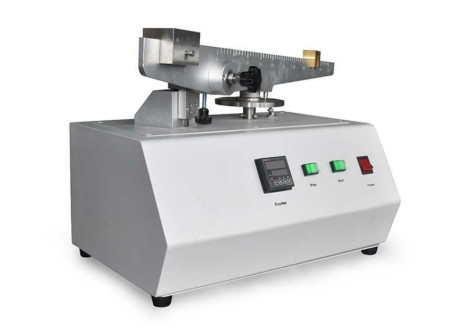
NewsInformation Center
What is the ASTM method for scratch test?
2023/09/08
The ASTM scratch test method is a standard test method for measuring the hardness and scratch resistance of materials, developed by the American Society for Testing and Materials (ASTM International). This test method can be used to evaluate the scratch resistance of various materials, including metals, ceramics, plastics, coatings and paints. Commonly used standards for ASTM scratch test methods are ASTM D3363 and ASTM C1624, which apply to organic coatings and hard non-metallic materials, respectively.

ASTM D3363 "Electrical Silver, Aluminum, or Copper Pencil Scratch Method for Hardness Measurement" provides specific procedures and metrology standards for scratch testing organic coatings using silver, aluminum, or copper pencil scratch rods. When testing, first use a pencil scratch rod (with different hardness) to scratch the coating under test. Then, according to the effect of scratches, the hardness grade of the coating is determined from the standard hardness scale.

The ASTM method for scratch testing is ASTM D3363, also known as the "pencil hardness test". In this test, a pencil of known hardness is used to scratch a coating at a 45° angle with a constant force. The surface aesthetics of the coating are then evaluated.
These ASTM scratch test methods all provide standardized procedures and measurement standards to ensure the accuracy and comparability of test results. By analyzing the results of the scratch test, the hardness, surface strength or scratch resistance of the material can be evaluated, and a judgment can be made on the applicability of the material. At the same time, these test methods have important application value in the fields of quality control, material selection and product development.
Previous: What is the difference between snagging and pilling?
N e x t : What is the Erichsen scratch test method?



